Advertisement
Health care workers are burning out. Hospitals are overloaded. Patients are waiting longer than ever. Meanwhile, paperwork continues to pile up, often taking more time than actual patient care. Microsoft believes it has a way to shift the balance by introducing the first AI assistant designed specifically for healthcare professionals.
This tool isn't just another chatbot or data platform. It's an embedded digital assistant designed to streamline the routine, yet time-consuming, aspects of medical work—charting, documentation, and note-taking—so doctors and nurses can focus on patients instead of screens.
Microsoft's new AI assistant, announced in collaboration with Nuance (which it acquired in 2022), is tightly integrated into the workflow of clinical staff. Unlike generic assistants, this one is tuned to understand medical terminology, patient-provider interactions, and hospital systems. It doesn't require doctors to type commands or click through endless forms. It listens to real conversations during patient visits—securely and in real-time—and automatically generates full clinical notes.
This is not voice-to-text with a medical lexicon. It's contextual. If a physician tells a patient, "We'll add 10 milligrams of blood pressure medication," the AI logs this as a medication change in the appropriate section of the patient's record. It even tracks follow-up actions, test orders, or referrals, all while being data-secure and compliant with data security regulations.
Doctors using this tool can review the notes, make quick edits, and send them off, often in under a minute. Compared to the usual slog of typing everything manually or dictating for transcription, this marks a major reduction in administrative overhead.
The real engine behind this assistant is a combination of Microsoft’s Azure cloud and Nuance’s clinical speech recognition tools. Nuance’s “Dragon Medical One” already had a reputation in the industry, but it lacked a layer of AI interpretation. This new assistant builds on that foundation with generative AI—essentially giving the software the ability to understand meaning, not just transcribe sound.
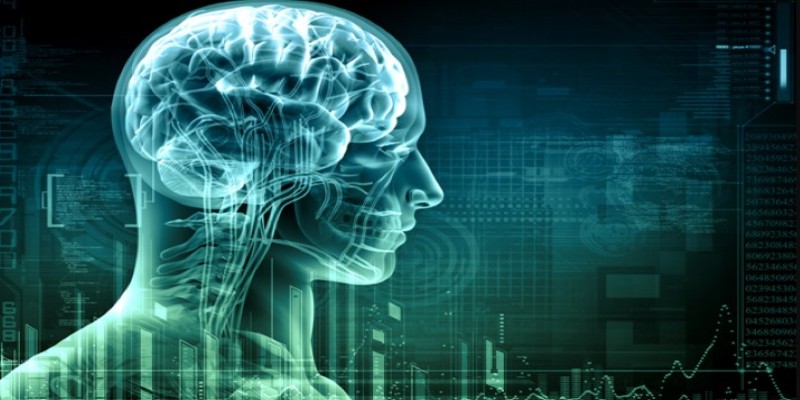
The AI is trained on a blend of de-identified medical records, clinical documentation patterns, and large language models fine-tuned specifically for the health care environment. It’s also HIPAA-compliant, and Microsoft is promoting a “data never leaves your control” promise to reassure hospitals concerned about patient privacy.
Azure OpenAI models reside in the backend, enabling the AI to summarize conversations and generate notes. The system doesn't just capture facts—it learns patterns over time, which helps reduce errors or missed details in long discussions.
Microsoft has already tested this assistant in select hospitals and outpatient settings in the U.S., including large systems like Mercy and Stanford Health. Feedback so far is promising. Clinicians using the AI assistant reported shaving off an average of 30% of time spent on documentation. That’s a few hours a day reclaimed.
Some doctors say they now finish their notes before the patient even leaves the room. Nurses reported that it helps standardize documentation across shifts. And perhaps most importantly, medical errors related to documentation inconsistencies dropped.
But not everyone is sold yet. Critics worry about over-reliance on AI-generated summaries or the potential for incorrect transcription in cases with strong accents, background noise, or rare terminology. Microsoft says it's constantly updating the models with user feedback and has a human-in-the-loop verification system in place to ensure safety.
Still, the AI assistant for health care doesn’t make clinical decisions. It doesn’t recommend treatment plans or override doctors. It just listens and writes—automatically organizing the notes in the standard SOAP format (Subjective, Objective, Assessment, Plan) used by most clinicians. That’s a key difference from diagnostic AI tools or clinical recommendation engines. It’s more like a digital scribe than a second opinion.
This AI assistant isn't just about efficiency; it's about shifting the rhythm of medical work. Health care workers spend nearly half their day entering data into electronic health records. Microsoft wants to shrink that time dramatically. By reducing this burden, hospitals may experience lower burnout rates and improved job satisfaction among staff. That, in turn, could help retain people in a sector that has lost many since the pandemic.

There's also a larger structural benefit. Smaller clinics with limited administrative support can utilize this AI assistant as a force multiplier, allowing a single provider to manage a higher patient load without being overwhelmed by paperwork. In places where English isn't the primary language, Microsoft is working on expanding multilingual support, helping to bridge communication gaps in global health settings.
The assistant is expected to integrate with popular electronic medical record systems, such as Epic and Cerner, through secure APIs. That's critical for adoption because clinicians won't use tools that require switching between interfaces. Embedding the assistant where they already work makes it more usable on a day-to-day basis.
Another benefit that's gaining attention is accessibility. Clinicians with hand mobility limitations or repetitive stress injuries from typing may find that this tool makes their work far more manageable. It's voice-first, keyboard-optional.
In terms of pricing and availability, Microsoft hasn’t publicly detailed what it will cost long term. But early access is being rolled out under existing Azure for Health licensing packages. The company is also planning on releasing more localized versions adapted to different health systems and regulations worldwide.
Microsoft’s AI assistant for healthcare workers signals a quiet but meaningful change. Unlike headline-grabbing chatbots, this tool is already in use, designed for real clinical environments. Doctors and nurses can adopt it without costly retraining, making it immediately useful. If adoption grows, it could reshape how clinical documentation is managed, easing administrative burdens and freeing time for patient care. This might influence medical training, shift patient expectations, and improve outcomes over time. Whether it becomes ubiquitous or serves niche needs, Microsoft’s move shows that AI is moving from theory to practice in healthcare, offering a glimpse of what everyday integration can look like.
Advertisement
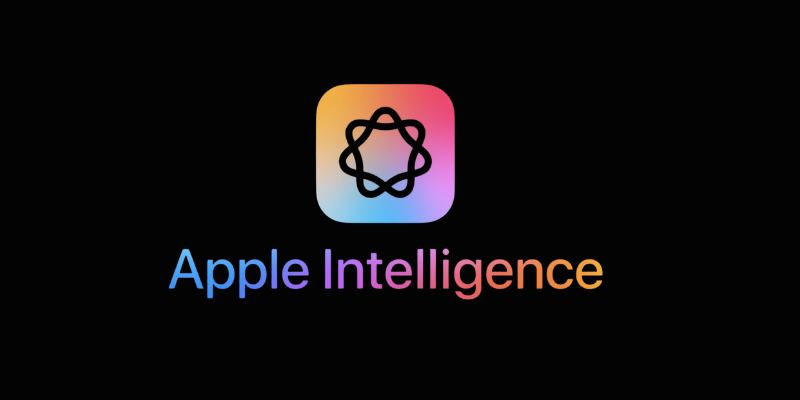
Explore Apple Intelligence and how its generative AI system changes personal tech with privacy and daily task automation
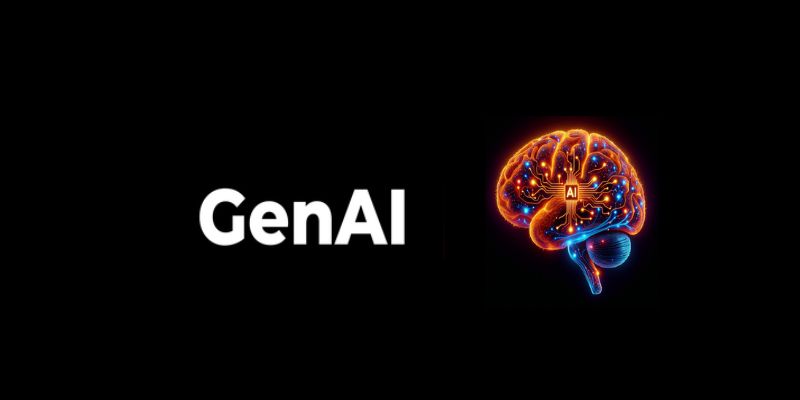
Learn how to boost sales with Generative AI. Learn tools, training, and strategies to personalize outreach and close deals faster

Meta introduces Llama 4, intensifying the competition in the open-source AI model space with powerful upgrades.
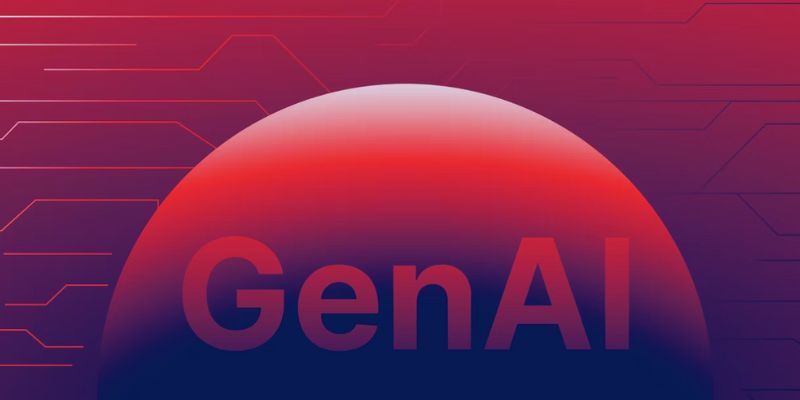
GenAI helps Telco B2B sales teams cut admin work, boost productivity, personalize outreach, and close more deals with automation
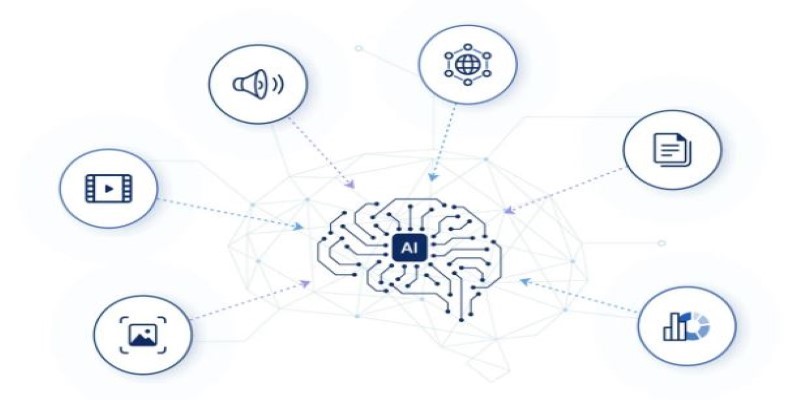
How far can AI go when it comes to problem-solving? Google's new Gemini model steps into the spotlight to handle complex tasks with surprising nuance and range

A Nvidia AI-powered humanoid robot is now serving coffee to visitors in Las Vegas, blending advanced robotics with natural human interaction in a café setting
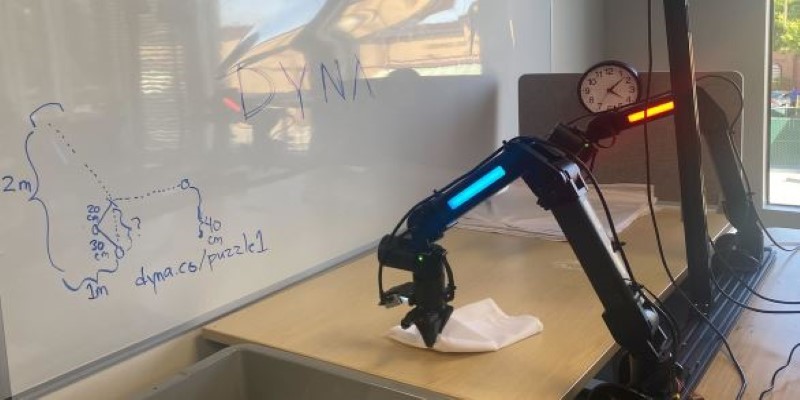
How a groundbreaking AI model for robotic arms is transforming automation with smarter, more adaptive performance across industries
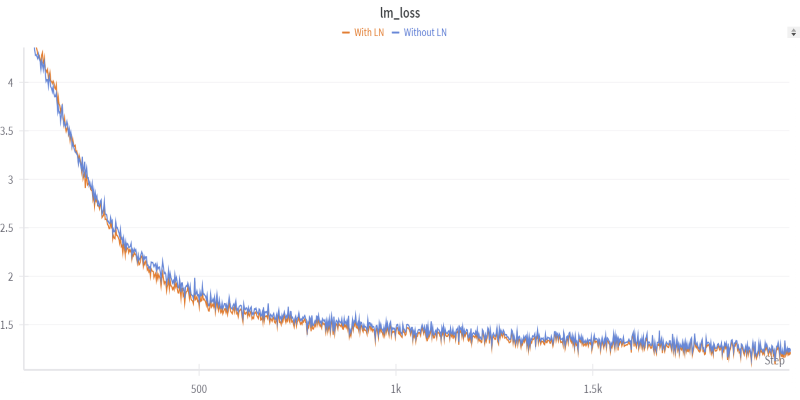
Want to shrink a large language model to under two bits per weight? Learn how 1.58-bit mixed quantization uses group-wise schemes and quantization-aware training

Why analytics is important for better outcomes across industries. Learn how data insights improve decision quality and make everyday choices more effective
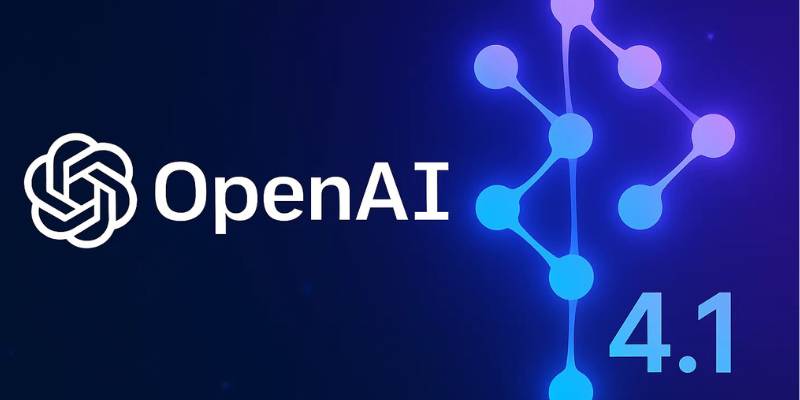
Explore the key features, benefits, and top applications of OpenAI's GPT-4.1 in this essential 2025 guide for businesses.
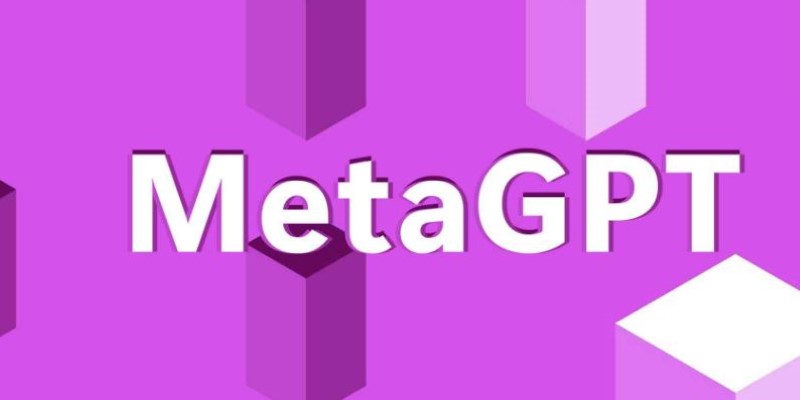
How MetaGPT is reshaping AI-powered web development by simulating a full virtual software team, cutting time and effort while improving output quality

Discover the top 9 open source graph databases ideal for developers in 2025. Learn how these tools can help with graph data storage, querying, and scalable performance